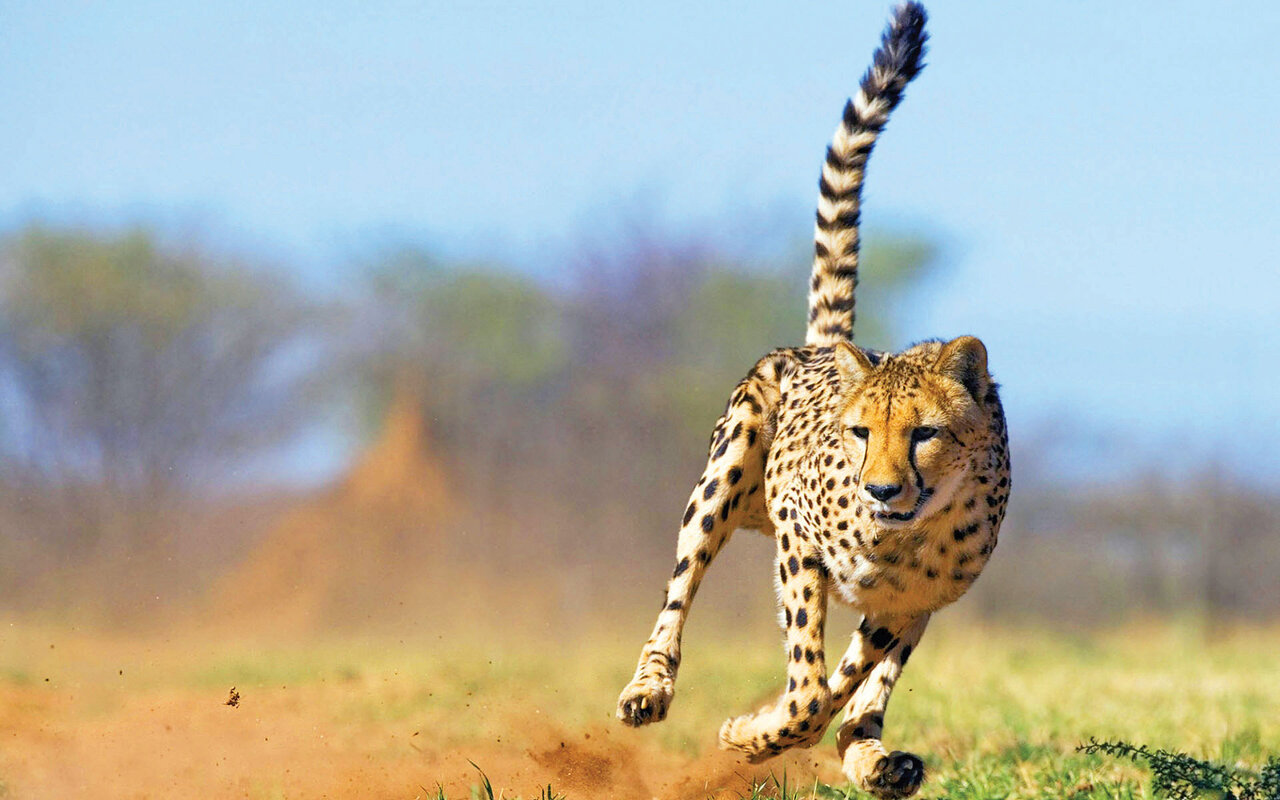Discover Turan Protected Area, one of Iran’s most precious ecological sanctuaries

TEHRAN - Situated some 250 km southeast of Shahroud in eastern Semnan province, Turan Protected Area, also known as Khar Turan National Park, is a gem for nature enthusiasts and adventure travelers.
Encompassing a vast stretch of wilderness that borders the central desert of Iran, this ecological treasure offers a unique blend of wildlife, natural landscapes, and conservation efforts.
UNESCO status and conservation milestones
Turan’s journey towards environmental protection began in 1972, when it was designated as a wildlife refuge under the management of the Department of the Environment. In 1976, it gained international recognition as a UNESCO Biosphere Reserve, underlining its global ecological importance. Further conservation efforts culminated in 2002, when the central part of Turan was upgraded to national park status, reflecting its growing environmental significance.
Today, Turan Protected Area stands as the second-largest biosphere reserve in the world, surpassed only by the Serengeti in Tanzania. Spanning 1,470,640 hectares, it is also the second-largest protected area in Iran, after the Naybandan Wildlife Refuge in Tabas, according to Visit Iran.
Within its vast borders lies a mosaic of wilderness areas, including the Turan National Park and Wildlife Refuge, which alone covers over 1 million hectares.
Breathtaking landscapes and surrounding mountains
Turan is a natural paradise, surrounded by three prominent mountains: Shotorkuh, Qale Bala, and Kuh-e Peyghambar. These rugged peaks frame the diverse landscapes of the park, which range from arid desert zones to lush oases that attract migratory birds and wildlife. Although overgrazing has diminished some of its original vegetation, the park still offers beautiful scenery, with large expanses of sand dunes, rocky outcrops, and unique desert flora.
A diverse and fragile ecosystem
Turan boasts a thriving ecosystem that supports a rich variety of animals and plants, many of which are rare or endangered. It is home to 41 species of mammals, 167 species of birds, 42 species of reptiles, and 2 species of amphibians.
A haven for ecotourism and wildlife exploration
Turan’s proximity to the central Iranian desert makes it an ideal destination for travelers seeking an off-the-beaten-path experience. Visitors can explore the national park through guided safaris and wildlife tours, with the chance to spot the elusive cheetahs and onagers in their natural habitat. The area’s striking scenery, including dunes and mountain vistas, makes it a perfect location for trekking, birdwatching, and nature photography.
How to Visit Turan Protected Area
For travelers, the city of Shahroud serves as the main gateway to Turan. From there, guided tours can take you deep into the heart of the protected area. The park offers opportunities to experience untouched nature, explore diverse wildlife, and witness Iran’s commitment to environmental conservation firsthand.
Whether you are an ecotourist, wildlife enthusiast, or adventure seeker, Turan Protected Area promises a captivating journey through one of Iran’s most precious ecological sanctuaries.
AM
